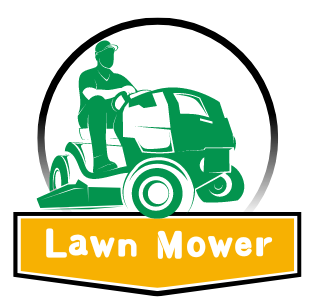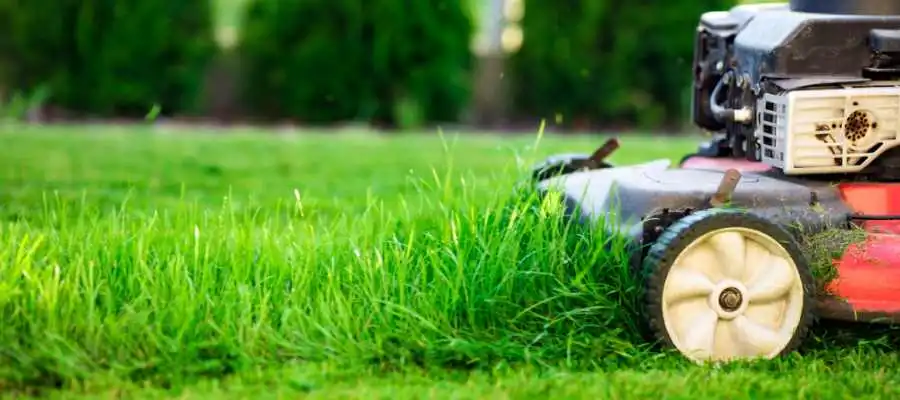Adjusting your lawn mower’s height is key to keeping your lawn looking great and staying healthy. Different kinds of grass need to be cut at different heights, and the best mowing height depends on the type of grass, the weather, and how you take care of your lawn.
This article covers what you need to know about setting the right mowing height for different types of grass, including warm-season and cool-season varieties. We’ll also answer common questions about mowing height.
Factors to Consider When Adjusting Mower Height
When setting your lawn mower’s height, keep these things in mind:
Type of Grass: Different grasses grow best at different heights. Find out what kind of grass you have before you adjust the mower.
Weather: If it’s hot, it’s usually best to leave the grass a bit taller. This helps it hold onto moisture and protects the soil.
Maintenance: Shorter grass needs to be mowed more often and requires more upkeep. Taller grass is easier to take care of and can go a bit longer between mowings.
Looks: How do you want your lawn to look? Shorter grass can look more tidy, while taller grass can give a more relaxed, natural feel.
Understanding Grass Types and Mowing Height
The first step in adjusting your lawn mower height is to understand the type of grass you have and its preferred mowing height. Generally, grass falls into two categories: warm-season and cool-season grasses.
Warm-Season Grasses: These grasses thrive in warmer climates and include types like Bermuda grass, Zoysia, and St. Augustine. They can be cut shorter and tend to go dormant in cooler weather.
Cool-Season Grasses: These grasses are best suited for cooler climates and include Kentucky bluegrass, rye grass, and tall fescue. They usually require a taller cut and are more sensitive to heat stress.
✅Adjusting Lawn Mower Height for Bermuda Grass
Bermuda grass is a warm-season grass that can be cut at a wide variety of heights. It can tolerate very short cuts, down to putting green height, or can be kept at a taller height for a lower-maintenance approach.
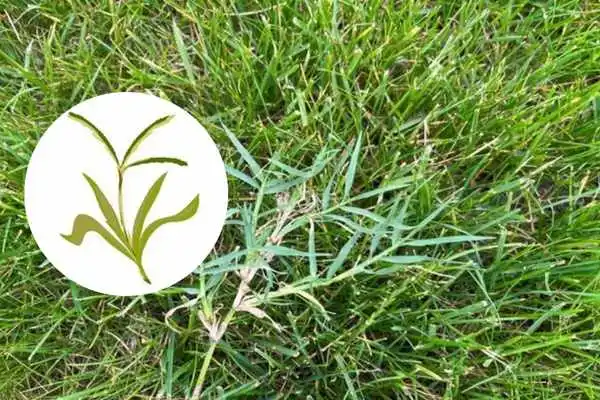
Preferred Mowing Height: Bermuda grass can be cut between 1/2 inch and 3 inches.
Maintenance: Shorter cuts require more frequent mowing and maintenance. Taller cuts require less frequent mowing but may not have the same manicured appearance.
💡Tips: If you prefer a low-maintenance lawn, consider keeping Bermuda grass at a taller height. If you like a golf course appearance, opt for a shorter cut and be prepared for more frequent mowing and care.
Related Article: Simplest Ways to Shapen Lawn Mower Blade
✅Adjusting Lawn Mower Height for Rye Grass
Ryegrass is a cool-season grass that can tolerate a range of cutting heights. It is less heat-resistant than other cool-season grasses, so mowing height can play a role in its survival during warmer weather.

Preferred Mowing Height: Rye grass can be cut between 1 and 4 inches.
Maintenance: Keeping rye grass taller (around 4 inches) helps protect the ground and retain moisture. This is especially important in hotter climates where ryegrass can struggle with heat.
💡Tips: If you live in a cooler climate, rye grass can be cut shorter. If you’re in a hotter climate, it’s better to keep it taller to help it retain moisture and cope with heat.
✅Adjusting Lawn Mower Height for Kentucky Bluegrass
Kentucky bluegrass is another cool-season grass that is known for its dense and lush appearance. It can tolerate a range of cutting heights but typically requires a taller cut for optimal health and appearance.

Preferred Mowing Height: Kentucky bluegrass is best kept between 2.5 and 4 inches.
Maintenance: Shorter cuts may require more frequent watering and maintenance, while taller cuts are more forgiving and help retain moisture.
💡Tips: If you’re testing different mowing heights, experiment with various cuts to find the optimal height for your lawn’s condition and your preferred maintenance level.
✅Adjusting Lawn Mower Height for Tall Fescue
Tall fescue is another cool-season grass that is best kept at a taller height. It thrives when it is allowed to grow longer, and its dense nature helps retain moisture and protect the soil.
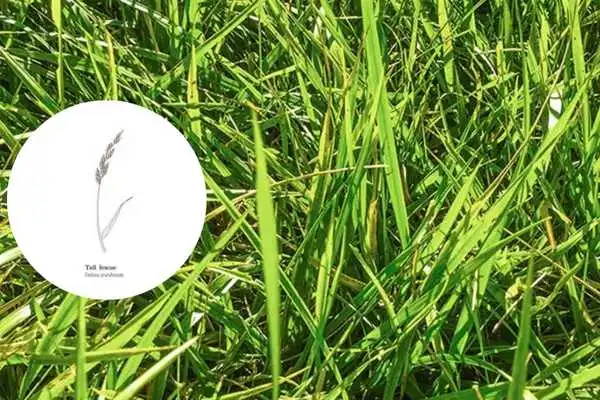
Preferred Mowing Height: Tall fescue should be kept between 2.5 and 4.5 inches.
Maintenance: Keeping tall fescue at a taller height reduces the need for frequent mowing and helps protect against heat stress.
💡Tips: For best results, mow tall fescue at 4 inches or above. This will help keep the grass dense and maintain moisture levels in the soil.
Can We Keep Grass Long in the Warm Season?
When you raise your lawn mower’s cutting height, you’re letting the grass grow taller. This affects how deep the grass’s roots grow. Lawn care experts say that there’s a connection between how tall the grass is and how deep its roots are. If you cut the grass to 2 inches, the roots will be about 2 inches deep. But if you raise the mower to 3.5 or 4 inches, the roots will grow deeper, which brings several benefits:
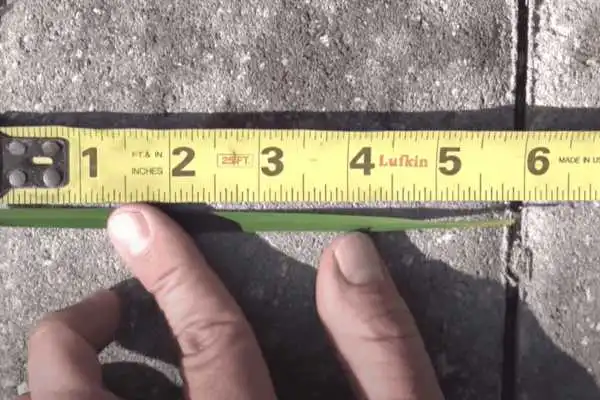
Better Resistance to Drought: Deeper roots can reach more water in the soil, helping your lawn stay green during dry weather.
Less Risk of Disease: Healthier grass with deeper roots is less likely to get sick.
Fewer Weeds: When the roots are strong and the grass is taller, it’s harder for weeds to grow.
Following the 1/3 Rule for Grass Cutting
The 1/3 rule states that you should never remove more than one-third of the total grass blade’s length during a single mowing. This helps prevent shock to the grass and promotes healthy growth.

For example, If your grass is 9 inches tall, the maximum you should cut off is 3 inches. This way, you leave enough green surface for photosynthesis and maintain the plant’s overall health.
Can You Break the 1/3 Rule?
Despite the general advice, there are situations where you might have to break the 1/3 rule:
Overgrowth: If you’ve let the grass grow too tall, or have been away, and the grass has overgrown, you might have to cut off more than one-third to get it back to a manageable height.
Limited Mower Height: If your mower’s height adjustment doesn’t allow for a small enough cut to maintain the 1/3 rule, you might have to break it.
What to Do When You Break the 1/3 Rule?
If you need to cut off more than one-third of the grass blade’s length, follow these 3 rules:
Gradual Adjustment: Try to avoid making a habit of this. After breaking the rule, aim to gradually adjust back to the ideal height through more frequent mowings.
Increase Mowing Frequency: To stay within the 1/3 rule, consider mowing more often. This will help you maintain a consistent height without stressing the grass.
Leave Plenty of Green Surface: Even when breaking the rule, make sure there’s enough green surface left to support the grass’s growth and recovery.
Conclusion
Adjusting lawn mower height for different grass types is key to maintaining a healthy and attractive lawn. By understanding your grass type, considering climate conditions, and addressing maintenance requirements, you can achieve the optimal mowing height for your yard. Whether you’re aiming for a low-maintenance lawn or a finely manicured one, the right mowing height can make a significant difference.
Remember to test different heights and adjust based on your grass type, weather, and desired appearance to keep your lawn looking its best.
Related Article: Self Propelled Vs Push Mower: The Best Ever Guide
Common Questions About Lawn Mower Height
Does 1/3 Rule Mean Completely Ignoring Mowing Height?
No, the 1/3 rule does not mean ignoring mowing height altogether. Instead, it adds an additional consideration to your mowing routine, focusing on how much you can cut in one session without harming the grass. Mowing height still matters because different types of grass have optimal heights for healthy growth.
What is the best height adjustment for a lawn mower?
The best height adjustment for a lawn mower depends on the type of grass you have and your climate conditions. Generally, warm-season grasses like Bermuda can be cut shorter, while cool-season grasses like Kentucky bluegrass and tall fescue prefer taller cuts. A good rule of thumb is to mow at one of the recommended heights for your grass type.
Should the front or back of a mower be higher?
In most lawn mowers, the front and back should be set to the same height for even cutting. However, some mowers may have adjustable decks, allowing you to set different heights for the front and back. Keeping them at the same height ensures a uniform cut.
How high is too high for a lawn mower?
A mowing height above 4.5 inches is generally considered too high for most lawn mowers. A very high cut may lead to uneven mowing and may not allow for effective grass mulching. Additionally, grass cut too high might not appear as manicured.
How do you measure grass height for cutting?
To measure grass height, use a ruler or tape measure to gauge the height of the grass from the ground to the tips of the blades. Place the ruler vertically and measure the average height to get an accurate reading. This will help you set your mower to the correct height for your grass type.
